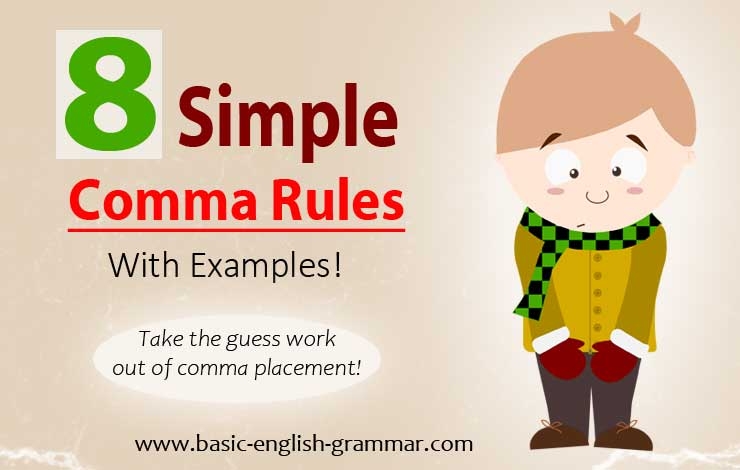Commas are an essential punctuation mark in the English language, used to separate ideas, items in a list, and clauses within a sentence. Understanding the rules for using commas correctly can improve the clarity and flow of your writing. Here are 10 comma rules and examples to help you master this important punctuation mark.
Example: She went to the store, and she bought some milk.
2. Use commas to separate items in a series or list.
Example: I need to buy apples, oranges, bananas, and grapes.
3. Use commas after introductory words, phrases, or clauses.
Example: After the movie, we went out for dinner.
4. Use commas to set off nonessential information or clauses within a sentence.
Example: The book, which was a bestseller, has been made into a movie.
5. Use a comma before a quotation within a sentence.
Example: She said, “I’ll be there in five minutes.”
Commas are also used in many other situations, such as before direct addresses, in dates and addresses, and to separate independent clauses in a complex sentence. By following these 10 comma rules and examples, you can improve the clarity and readability of your writing. Remember to always proofread your work to ensure proper comma usage.
Mastering comma rules takes practice, but it is well worth the effort. Using commas correctly can make your writing more coherent and easier to understand. So, next time you sit down to write, keep these 10 comma rules and examples in mind to enhance the quality of your writing.
